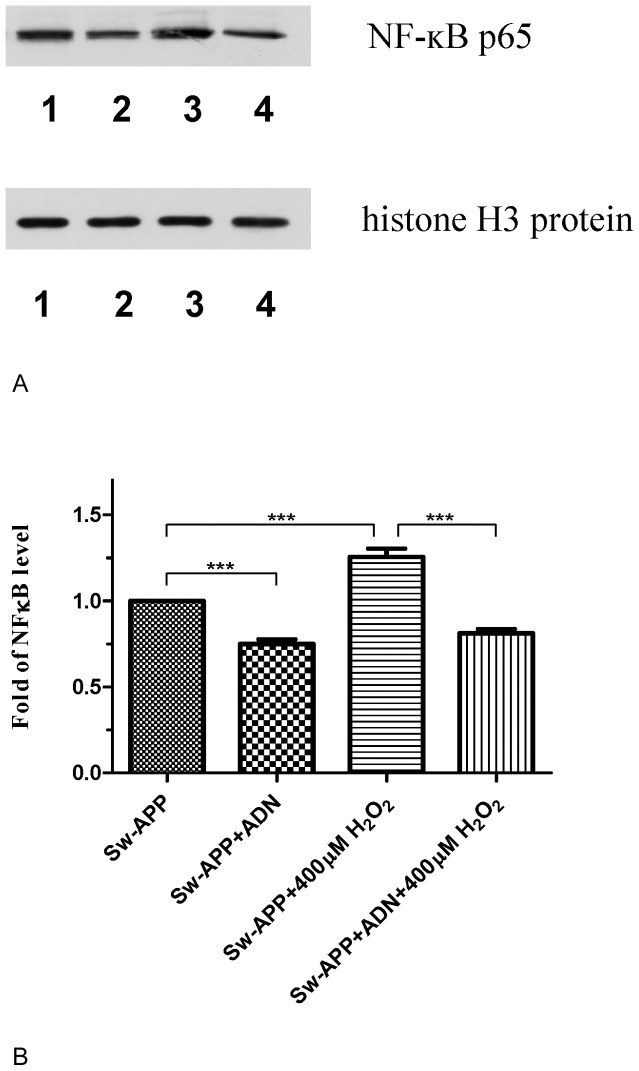Figure 8. Adiponectin (ADN) suppressed NF-κB activation.
A. Western blot of nuclear extracts revealed that SH-SY5Y cells transfected with Swedish-APP mutant had high level of NF-κB p65 signifying NF-κB activation (lane 1), and treatment with adiponectin (ADN) at 10 µg/ml for 2 hours resulted in reduced NF-κB activation (lane 2). Sw-APP transfected cells exposed to 400 µM H2O2 for 2 hours had high level of NF-κB activation (lane 3), and importantly Sw-APP transfected cells pretreated with adiponectin at 10 µg/ml for 2 hours before exposure to 400 µM H2O2 had reduced NF-κB activation (lane 4). Control nuclear protein was histone H3. B. Statistical analysis of imaging J values revealed that Sw-APP transfected SH-SY5Y cells (Sw-APP) had significant reduction level of NF-κB activation after treatment with ADN (Sw-APP+ADN, p<0.0005). Consistently, Sw-APP transfected SH-SY5Y cells exposed to oxidative stress of 400 µM H2O2 (Sw-APP+400 µM H2O2) had significantly reduced level of NF-κB activation with adiponectin pretreatment at 10 µg/ml for 2 hours before exposure to oxidative stress of 400 µM H2O2 (Sw-APP+AND+400 µM H2O2, p<0.0005). This raises the possibility that one mechanism underlying adiponectin neuroprotection against Aβ neurotoxicity-induced cytotoxicity under oxidative stress is suppression of NF-κB activation. Results shown were mean values from 3 independent cultures, and compared by one-way ANOVA using Newman-Keuls multiple comparison test.

